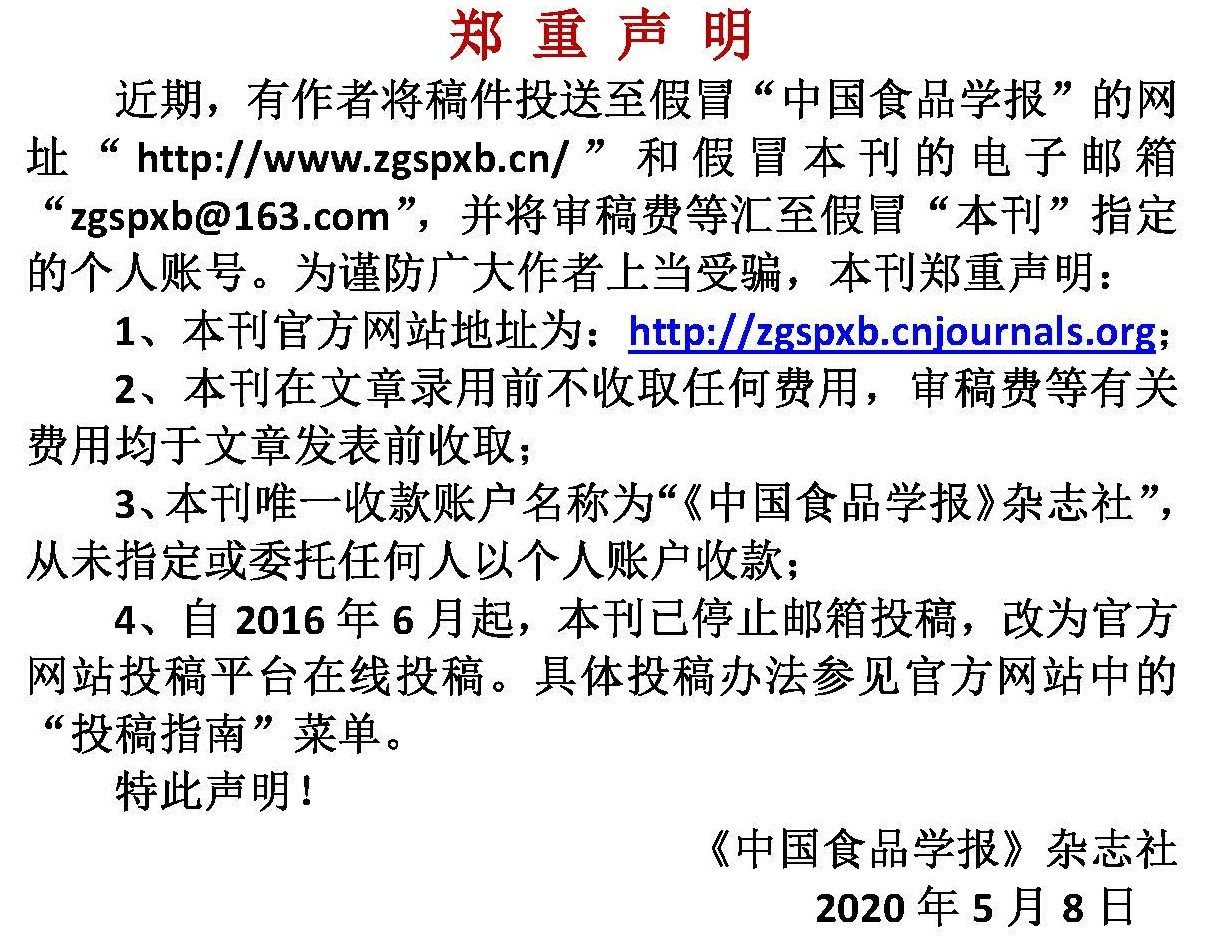基于激光诱导击穿光谱技术结合机器学习算法的3种干腌火腿产地识别
作者:
作者单位:
(1.浙江省光信息检测与显示技术研究重点实验室 浙江金华 321001;2.浙江师范大学数学与计算机科学学院 浙江金华 321001)
作者简介:
郭茂(1997—),男,硕士生
通讯作者:
中图分类号:
基金项目:
国家自然科学基金项目(61975186)
Origin Identification of Three Kinds of Dry-cured Ham Based on Laser-induced Breakdown Spectroscopy Technology Combined with Machine Learning Algorithm
Author:
Affiliation:
(1.Key Laboratory of Optical Information Detecting and Display Technology of Zhejiang Province, Jinhua 321001, Zhejiang;2.College of Mathematics and Computer Science, Zhejiang Normal University, Jinhua 321001, Zhejiang)
Fund Project:
引用本文
郭茂,黄忠宇,汪杰,周卫东.基于激光诱导击穿光谱技术结合机器学习算法的3种干腌火腿产地识别[J].中国食品学报,2022,22(10):279-285
复制相关视频
分享
文章指标
- 点击次数:
- 下载次数:
- HTML阅读次数:
历史
- 收稿日期:2021-10-12
- 最后修改日期:
- 录用日期:
- 在线发布日期: 2022-11-24
- 出版日期:
文章二维码

版权所有 :《中国食品学报》杂志社 京ICP备09084417号-4
地址 :北京市海淀区阜成路北三街8号9层 邮政编码 :100048
电话 :010-65223596 65265375 电子邮箱 :chinaspxb@vip.163.com
技术支持:北京勤云科技发展有限公司
地址 :北京市海淀区阜成路北三街8号9层 邮政编码 :100048
电话 :010-65223596 65265375 电子邮箱 :chinaspxb@vip.163.com
技术支持:北京勤云科技发展有限公司
